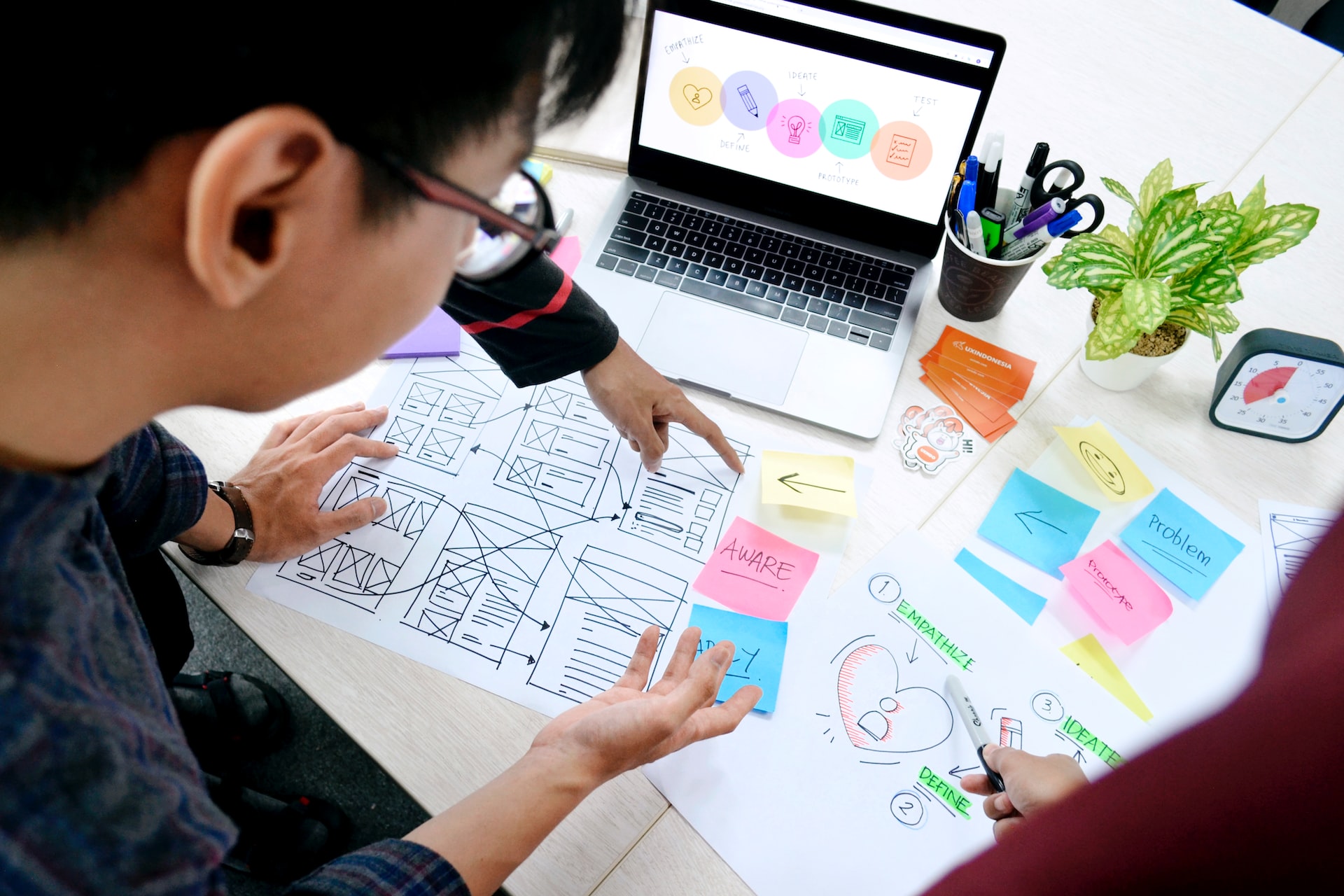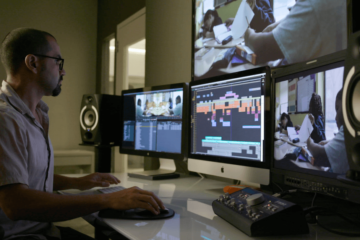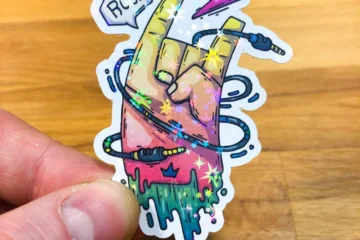In the dynamic realm of digital design, where the convergence of pixels and emotions ignites a vibrant landscape, the endeavor to craft deeply resonant experiences stands as both an art and a science. The pursuit of emotional engagement within design mirrors an exploration of uncharted territories, wherein designers assume the role of emotional cartographers, meticulously charting the vast expanse of human sentiment. Let’s delve into the nuances of designing for emotional engagement. It examines the pivotal role emotions assume, the myriad benefits they offer, and offers practical insights for seamlessly infusing them into the design process.
The Spectrum of Emotions:
Designers often focus on the obvious emotions – joy, surprise, and satisfaction – but the emotional spectrum is vast and nuanced. Delving into less explored territories like curiosity, nostalgia, or even controlled frustration opens up new possibilities for creating experiences that linger in users’ minds.
The Unconventional Aesthetics:
Breaking away from the conventional design norms, and embracing the unconventional can be a catalyst for emotional engagement. Surreal visuals, abstract animations, and avant-garde interfaces can trigger emotional responses by challenging users’ expectations, inviting them to explore and interpret the design in unique ways.
Emotional Choreography:
Just as a composer orchestrates a symphony, designers can choreograph emotional experiences. Consider the timing, pacing, and sequence of interactions as a form of emotional choreography. Designing with a sense of rhythm and flow can guide users through an emotional journey, enhancing their connection with the digital environment.
The Art of Controlled Tension:
Tension is often viewed negatively, but when harnessed correctly, it becomes a powerful tool for emotional engagement. Introducing controlled tension in design – a moment of suspense before a reveal or a challenging puzzle – can elevate the emotional impact, keeping users invested in the experience.
Empathy Beyond the Screen:
While empathy is a common tenet of design, extending empathy beyond the digital screen can create truly unique emotional connections. Consider designing experiences that prompt users to connect with real-world causes, fostering a sense of shared values and a deeper emotional investment in the product or service.
Multisensory Experiences:
In a predominantly visual digital landscape, introducing multisensory elements can be a game-changer. Integrating sound, haptic feedback, or even scent into the design can evoke a richer range of emotions, creating a multisensory tapestry that envelops users in a holistic emotional experience.
The Role of Emotion in Design:
Emotion, the silent maestro orchestrating our digital interactions, holds the power to shape our perception of value, usability, and overall appeal. Designing for emotional engagement necessitates a nuanced understanding of the emotional responses a product can elicit, with a focus on creating experiences that resonate and linger in users’ memories.
For instance, products that evoke joy and happiness become not just tools but companions, fostering loyalty and word-of-mouth recommendations. Conversely, products inducing frustration risk user abandonment, underscoring the significance of emotional considerations in the design equation.
The Benefits of Emotional Design:
The Benefits of Emotional Design extend far beyond surface-level interactions, deeply impacting the user experience and brand perception:
- Increased Engagement: Emotional engagement acts as a powerful magnet, drawing users back to products that evoke positive sentiments. It forms a bridge to sustained usage and cultivates loyalty, as individuals find themselves compelled to return to experiences that resonate with them on an emotional level. This sustained engagement forms a cornerstone of long-term relationships between users and products.
- Improved User Satisfaction: Positive emotional experiences are not only memorable but also contribute significantly to heightened user satisfaction. When users feel emotionally connected to a product, their perception of its value is elevated. This emotional resonance enhances the overall user experience, fostering enduring customer loyalty. Furthermore, satisfied customers often become enthusiastic advocates, spreading positive word-of-mouth recommendations and bolstering the product’s reputation.
- Enhanced Brand Image: Establishing a positive emotional connection with users serves as a powerful differentiator in a competitive market landscape. Brands that prioritize emotional design create a lasting impression, fostering loyalty and shaping a positive reputation. When users feel emotionally connected to a brand, they are more likely to remain loyal despite market fluctuations or competitive pressures. This emotional bond not only enhances brand perception but also strengthens the brand’s resilience against challenges.
Incorporating Emotion into the Design Process:
- Define Your Emotional Goals: Before venturing into the design process, articulate the emotions you aim to evoke in users. Whether striving for happiness, excitement, or calmness, clearly defined emotional goals act as guiding principles for design decisions.
- Consider the User Journey: Envision the emotional journey users will traverse as they interact with your product. Identify the emotions to be elicited at different stages and employ design elements like color, typography, and imagery to craft a cohesive and emotionally resonant experience.
- Test with Users: User testing emerges as a potent tool for evaluating the emotional impact of your design. Engage users in conversations about their emotional experiences during interactions, leveraging their valuable feedback to refine and optimize your design.
- Stay Informed on Industry Trends: Keep a vigilant eye on industry trends and the emotional techniques embraced by successful products. Drawing inspiration from these trends infuses vitality into your design, aligning it with contemporary user expectations.
In the intricate realm of digital product design, there exists a delicate interplay between the tangible elements of pixels and the intangible realm of human emotions. Here, the fusion of practical functionality with emotional resonance holds utmost importance. Through a meticulous exploration of the intricacies surrounding emotional involvement, as well as the careful plotting of users’ pathways through digital experiences, and empathetic testing methodologies, designers possess the capability to elevate mere interfaces into immersive odysseys.
In embracing the profound influence of emotions, designers embark on a transformative journey where digital creations transcend their physical constraints. They become catalysts for profound connections, leaving indelible imprints on the hearts and minds of users. This convergence of technology and emotion forms a nexus, a space where connections are not merely established, but actively nurtured and cherished.
In this dynamic landscape, designers wield the power to shape experiences that resonate deeply with users, forging bonds that endure beyond mere interaction. They delve into the essence of human emotion, infusing it into every aspect of design to craft experiences that are not only memorable but profoundly impactful. It’s an invitation to explore the synergy between technology and emotion, where every interaction becomes a meaningful exchange, enriching the lives of users in ways that transcend the digital realm.
Stay in touch to get more updates & news on Gossips!




